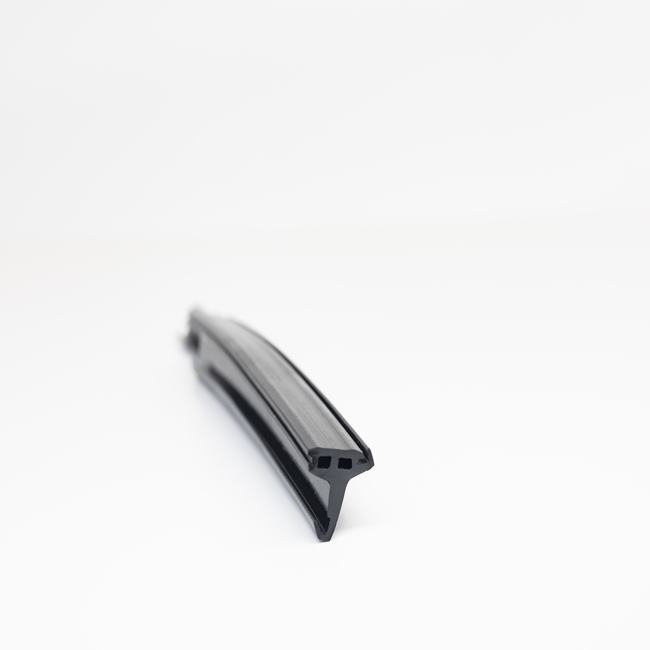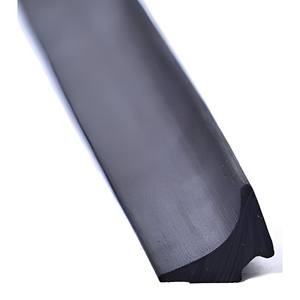Steel door seals are essential components in the construction and maintenance of doors, particularly those made of steel, although they can also be used with other materials such as wood or aluminum. These seals play a crucial role in ensuring the security, energy efficiency, and overall functionality of doors in various settings. Below is a comprehensive and detailed description of steel door seals:
1. Purpose and Function:
- Steel door seals are designed to serve multiple purposes, including:
- Weatherproofing: They act as a barrier to prevent the ingress of water, wind, dust, and other external elements. This is especially important for exterior doors to maintain indoor comfort and protect against weather-related damage.
- Sound Insulation: Steel door seals can help reduce the transmission of noise between spaces, creating a quieter environment inside. This is vital in residential and commercial settings where noise control is a priority.
- Energy Efficiency: By sealing gaps and preventing drafts, these seals contribute to energy efficiency by reducing heating and cooling losses. This is particularly significant for energy conservation and cost savings in buildings.
- Security: Steel door seals enhance the security of a door by closing gaps that could potentially be exploited by intruders. They make it more difficult to force open or pry the door.
2. Types of Steel Door Seals:
- Threshold Seals: Installed at the bottom of a door, threshold seals prevent drafts, water, and pests from entering. They are especially important for exterior doors.
- Weather Stripping: Weather stripping seals gaps around the sides and top of the door. It is available in various materials, including rubber, vinyl, and metal, to suit different applications.
- Door Sweep:
- Door sweeps are typically attached to the bottom of a door and provide a flexible barrier against drafts and the infiltration of dust and insects.
- Jamb Seals: Installed on the door frame (jamb), these seals help create an airtight seal when the door is closed. They are often used in combination with weather stripping for enhanced insulation.
3. Materials:
- Steel door seals can be made from a variety of materials to suit different needs:
- Rubber and Silicone: These materials are flexible and provide excellent sealing properties against drafts and water. They are commonly used in door sweeps and weather stripping.
- Vinyl: Vinyl seals are durable and resistant to weathering, making them suitable for outdoor use.
- Aluminum and Stainless Steel: Metal door seals are robust and provide excellent security. They are often used in threshold seals and jamb seals.
- Nylon Brush Seals: Nylon brush seals are effective in sealing gaps and are often used for sound insulation.
4. Installation and Maintenance:
- Proper installation of steel door seals is essential to ensure their effectiveness. Installation methods may vary depending on the type of seal. Regular maintenance, such as cleaning and lubricating moving parts (e.g., door sweeps), is important to keep the seals in good condition.
5. Applications:
- Steel door seals are used in a wide range of applications, including residential, commercial, and industrial settings. They are commonly found in exterior doors, interior doors, garage doors, and industrial doors. Their versatility makes them a vital component in many building types.
6. Benefits:
- The use of steel door seals provides numerous benefits, including:
- Improved energy efficiency by reducing heat loss in winter and heat gain in summer.
- Enhanced comfort by minimizing drafts and temperature fluctuations.
- Increased security by sealing potential entry points for intruders.
- Noise reduction for a quieter and more peaceful indoor environment.
- Protection against moisture, dust, and pests.
In summary, steel door seals are versatile components that serve multiple functions in doors, ranging from weatherproofing and energy efficiency to security and sound insulation. Their effectiveness is essential for maintaining comfort, safety, and overall building performance, making them a valuable addition to doors in various settings.




